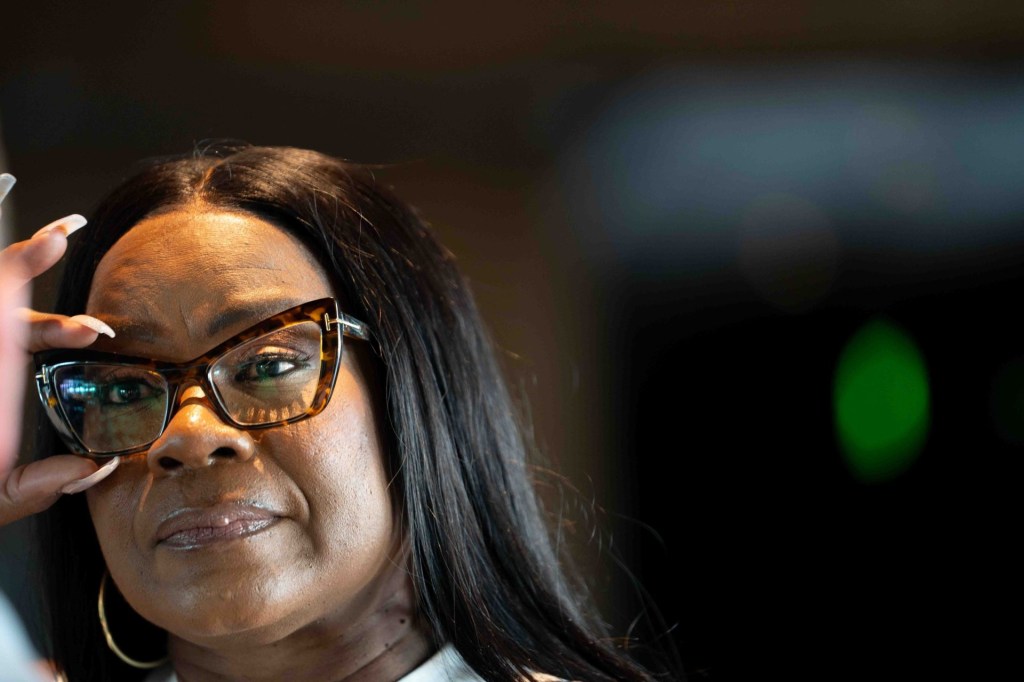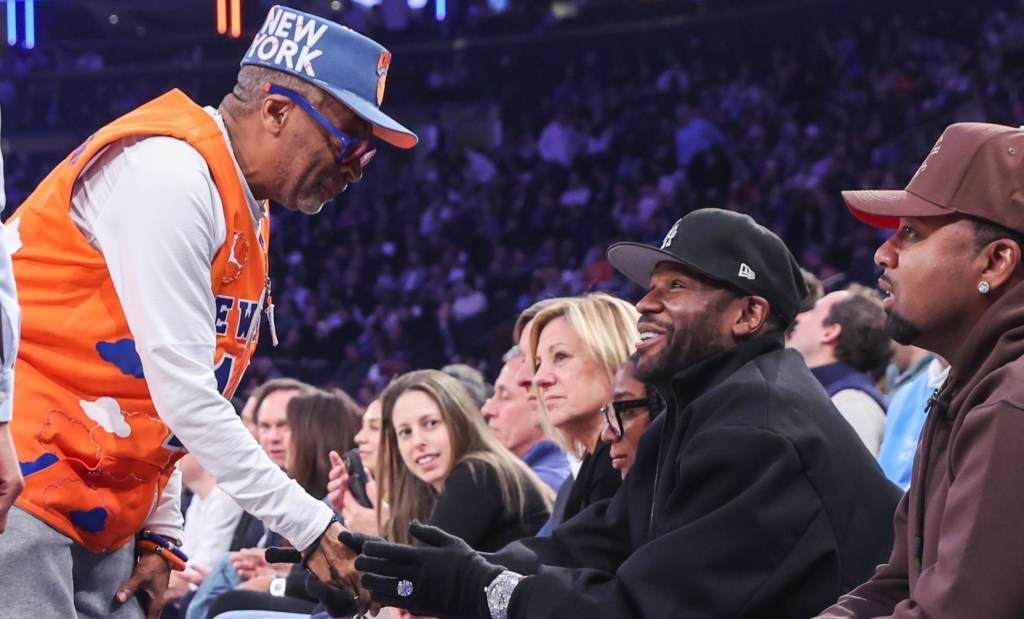College football will have a new rule next season aimed at curbing fake injuries.
The NCAA Playing Rules Oversight Panel announced changes late Wednesday night that will take away a timeout from a team if medical staff comes onto the field to evaluate an injured player after the ball is spotted. If the team doesn’t have a timeout, they’ll get a five-yard delay of game penalty instead.
Accusations of faking injuries have increased in recent years as players have dropped to the ground just before the other team was ready to snap the ball, essentially resulting in a free timeout and chance to stop the offense’s momentum. SEC commissioner Greg Sankey released a memo to his athletic directors and head coaches against the practice last season along with punishments including fines and suspensions. “As plainly as it can be stated: Stop any and all activity related to faking injuries to create time-outs,” Sankey wrote. “Play football and stop the feigned injury nonsense.”
The NCAA has been watching the fake injury train unfold for years, but Wednesday’s decision is the most decisive action it’s taken yet. Ahead of the 2021 season, the NCAA established a process for video review of alleged fake injuries with their rules analyst, after which conferences could choose to lay down punishments.
More 2025 Changes
Here’s are the other approved rule changes for next season:
- The Bret Bielema–Shane Beamer rule: If anyone on the team returning the kickoff makes a “T” signal with their arms during the kick, the team won’t return the kick. This unwritten rule caused a fuss at the South Carolina–Illinois Citrus Bowl when a Gamecocks player made the “T” sign, before his team then returned the kick for nearly 25 yards. (Beamer said he cleared it with the refs.) Later in the game, Illinois coach Bielema looked at the opposing sideline, raised his arms in a “T” ,and made a shrugging motion, which infuriated South Carolina coach Beamer and led to a contentious moment on the field.
- The Dan Lanning rule: A five-yard penalty will be issued to a defensive team with 12 players on the field after the two-minute timeout in both halves. If the 12th man stays in for the whole play, the offense can reset the game clock to where it was before the play started. Lanning, the Oregon coach, exploited the loophole in a game against Ohio State by adding an extra man to avoid a Hail Mary with 10 seconds left, which gave the Ducks an advantage on the play that resulted in an incomplete pass. Ohio State picked up five yards on the penalty, but lost four crucial seconds to get into field goal range, giving Oregon the win. Lanning confirmed that his staff had worked on the scheme: “You can see the result.”
- Overtime-outs: No more one-to-one ratio of overtimes to timeouts. Starting in the third overtime, when teams start alternating 2-point plays, each team only has one more timeout for the rest of the game.
- Punt formation: Slight tweaks to where the kicking team’s players can line up.
Some linguistic changes are also on the horizon. For refs, a call on the field is no longer “confirmed” or “stands,” only “upheld” and “overturned.” For offensive players, no more using defensive words like “move” or “stem” to try and throw off the other team. And for defensive players, no calling out signals in a way that makes them sound like offensive ones.
FCS teams can also start using the helmet communications implemented in FBS last season.

















